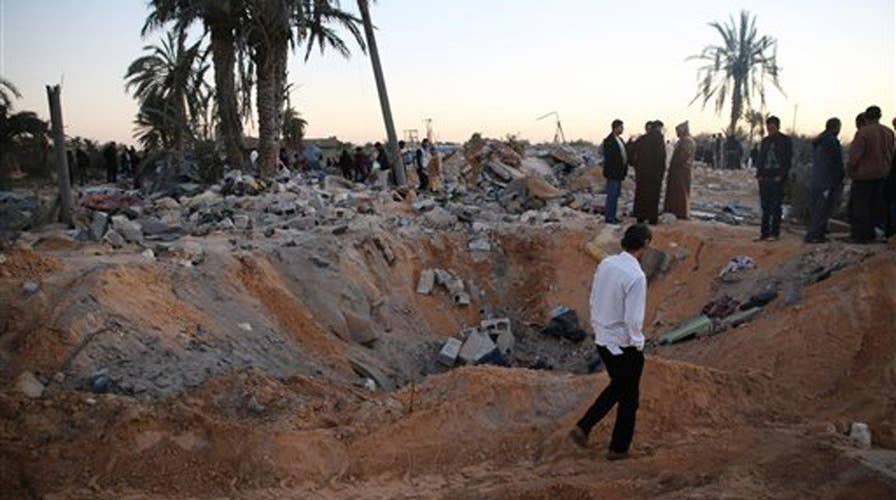IRBIL, Iraq – The Islamic State group relies on commercially available components for most of its bombs, with some parts coming from as far away as the United States and Japan, according to a report released Wednesday by a London-based arms research group.
Conflict Armament Research says most components -- such as chemicals and detonators -- come from companies in Turkey and Iraq, which may not know the parts are being bought by the extremists. Many components are also used for civilian purposes, such as mining, making them relatively easy to get.
Roadside bombs have long been a weapon of choice among insurgents in the Middle East. IS has made much use of armored vehicles loaded with explosives, which can withstand gunfire in order to reach their targets during battles with conventional military forces.
The researchers traced the origins of over 700 components recovered from IS bomb factories and unexploded bombs. The parts they were able to fully document had all been legally acquired.
The most commonly used explosive was made with ammonium nitrate, a common fertilizer. The group's mobile phone of choice, used for remote detonation, is the Nokia 105, the report said.
Most components come from companies in Turkey and Iraq, probably because of their close proximity to the IS group's self-proclaimed caliphate. But the procurement network stretches to 20 countries, with some parts originating as far away as the United States, Brazil, China and Japan.
"The most striking find of the report is that IS is very much self-sustaining in their areas of operation in terms of acquiring weapons and other strategic goods," said James Bevan, executive director of CAR. "They can tap into a lot of commercially available products in the region."
It's unclear whether local distributors, often small companies, knew where their products ended up. The chain of custody is not always documented in full, as some of the producers and distributors did not respond to requests for information, the report said.
The IS group has a considerable amount of military-grade weapons and supplies taken from captured army bases in Syria and Iraq, including machine guns, mortars and U.S.-made armored Humvees. It also likely acquires weapons and ammunition on the black market.

